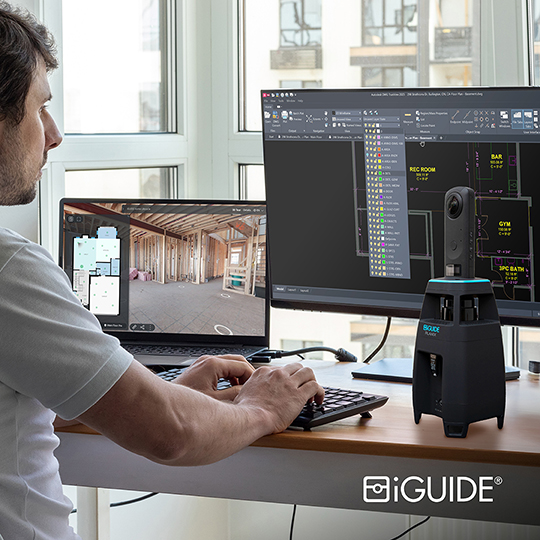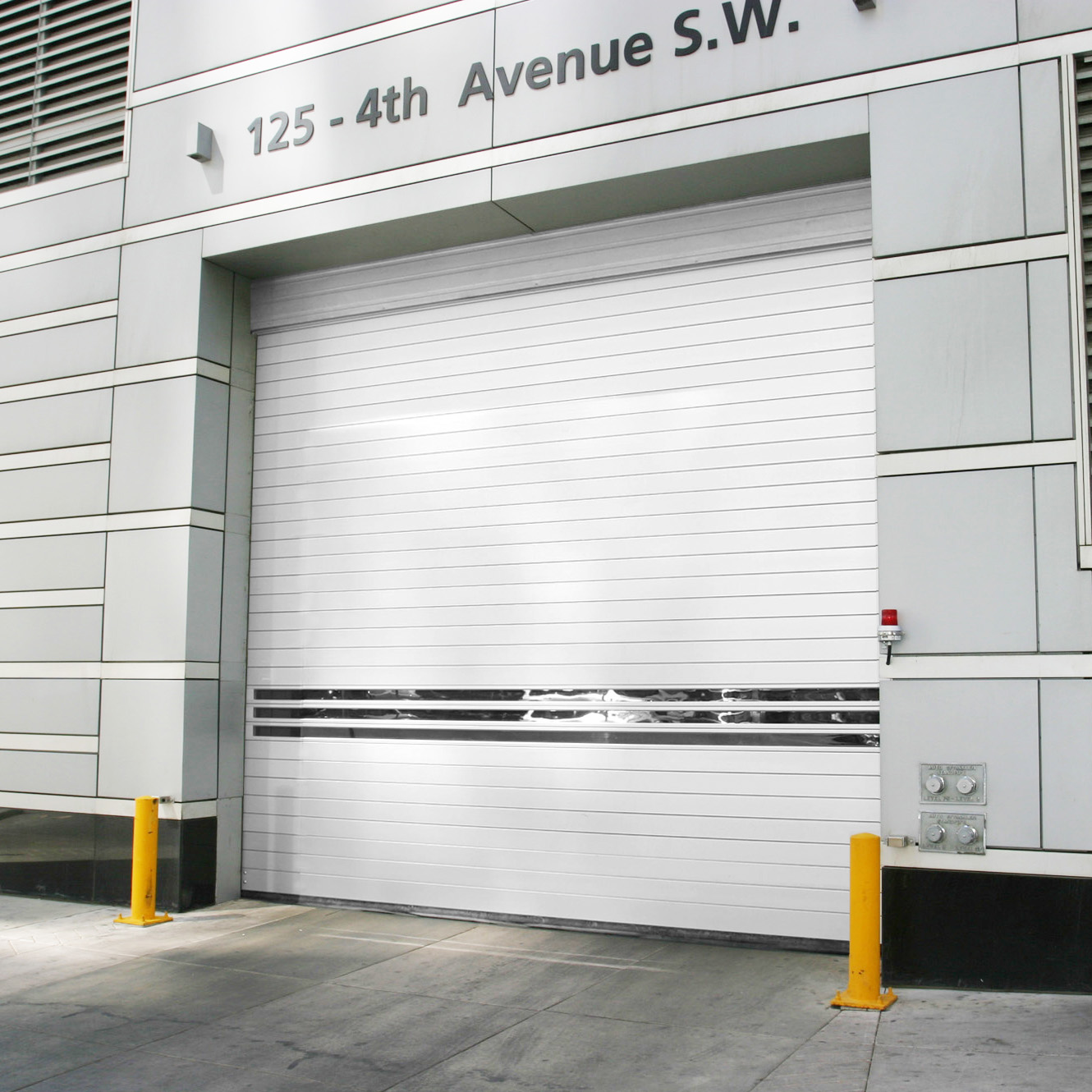Charging ahead: Electric vehicle surge sparks changes in building design
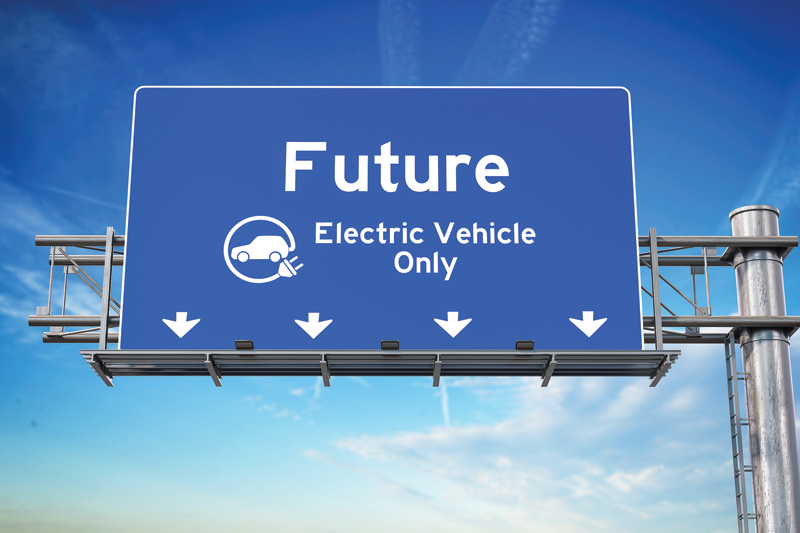
In March, StatsCan reported that Quebec reached 30 per cent zero-emission vehicle (ZEV) sales in Q4 2024.1 It was also noted that the sales of ZEV across Canada in Q4 hit 18.3 per cent, with 202,103 battery-electric and 68,882 plug-in hybrids sold in 2024.2 This means that almost one in five new vehicles sold in Canada are electric. Analysis of the Norway EV market has shown that once the 10 per cent threshold is passed, the acceptance of electric vehicles (EV) increases almost geometrically, reaching up to 90 per cent of new vehicle purchases within six years.3
While this is good news for those who care for the environment and prefer to drive an emissions-free vehicle, it may present a challenge to buildings’ electrical infrastructure. However, this may not necessarily be the case, and it can be solved with an adequate Energy Management System, also known as EVEMS.
Addressing the challenge
An EVEMS can distribute the energy so that the feeder and breaker supplying the energy through that EVEMS do not exceed the installed capacity. Some EVEMS can further monitor the building’s overall consumption to increase such availability. The capacity may already exist in the infrastructure, whether that of an existing feeder in the building’s main switchboard or in the utility feeder to the building. By managing the energy dispatch, the infrastructure can be utilized to a reasonable limit and satisfy the needs for EV charging.
Most EVEMS can be configured to:
- Operate stand-alone, meaning they can be installed based on the original design and work accordingly
- Be scheduled to curtail EV charging during peak demand periods to avoid utility demand charges
- Use a building main meter and add a dynamic EV charging power limit to curtail the EV charging capacity, giving priority to the building load requirements
- Give the Local Distribution Utility (LDC) access through Open Automated Demand Response (OpenADR) to curtail the charging to address the needs of the grid
An important fact to recognize is that most EV drivers charge at home.4 For the single-dwelling owner, finding a slot available in the breaker panel to add a charger may not be a problem, but how about the one-third of the population that lives in multi-residential buildings? This is where the need for energy management is crucial.
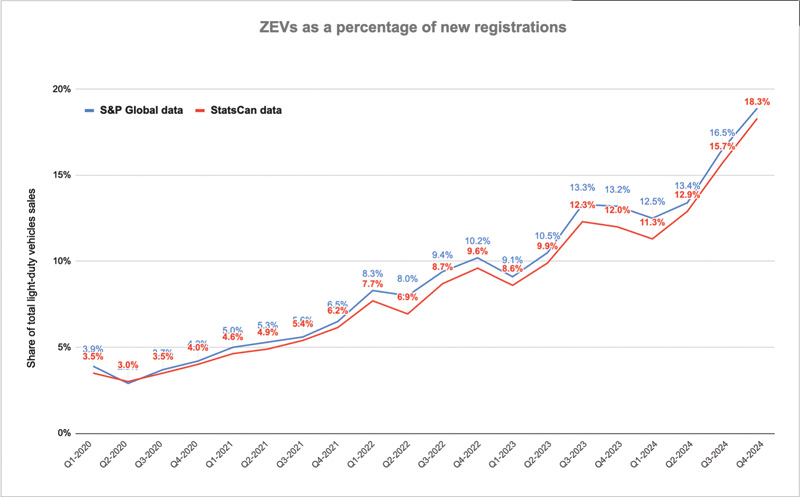
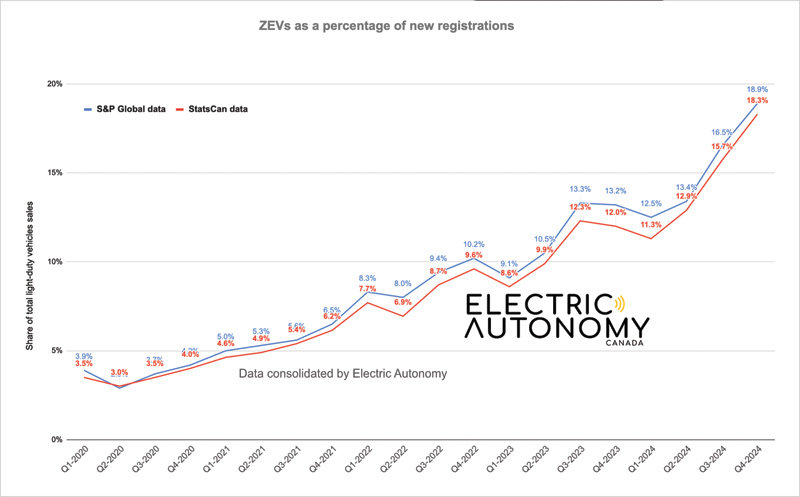
Debunking common myths
The first myth to address is that most drivers do not need to charge for 10 hours straight. By analyzing statistics of commuting distances in the United States and Canada, there are close similarities, and a range of 31 miles (50 km) is a bit more of what the average driver requires.5,6
By analyzing the ratings of EVs, it is found that most EVs turn 200Wh into a kilometre or run 3 miles (5 km) with one kWH of energy. This means that for a 31-mile (50-km) distance, 10 kWH of energy is needed. In Canada, because of the cold weather in the winter, 50 per cent can be added to that need to settle into 15 kWH of energy per working day.
EV chargers come in many different sizes, and some can be controlled to a specific power output. To simplify, a 208-volt 32-ampere rated EV will feed 6.6 kW of energy to the car. Considering the losses and to simplify the math, say it only feeds 6 kW of energy for a 15-kWH daily commute to work; the EV needs to charge for only 2.5 hours every night. With a single EV charger, one could potentially charge four vehicles for more than
10 hours if a person were changing those cars in the middle of the night.
The diversity of vehicle use within a fleet adds further flexibility to the system. Not every resident drives the same distance, and many do not use their vehicles daily. Others may supplement with daytime charging, reducing overnight demand. These varying usage patterns free up capacity within the EVEMS, allowing it to accommodate additional charging needs beyond the average 2.5 hours per night. Workplace and public chargers provide additional support for those with consistently longer commutes, ensuring that all drivers can meet their energy needs without overloading the system.
The second myth to address is that there is no more capacity because electricity is not consumed in a fixed, linear way. There are times when people use more energy than at other times, and it is our human behaviour. For instance, when a family does laundry, cooks, uses the dishwasher, and turns on the air conditioner, the feeder may be at or close to capacity.7 In Ontario, the peak demand is usually in summer, whereas in Quebec, it is usually in winter.8
By shifting the demand for EV charging to a period of low demand in the building, EV chargers can use the existing capacity in the building infrastructure to maximize the availability of EV charging.
The electrical codes, both the National Electrical Code (NEC), article 750.30, in the United States and the Canadian Electrical Code (CEC), rule 8-500 and 8.104-5 and -6, have recognized this possibility and have allowed designers and installers to base the calculation for sizing a feeder, a breaker, a transformer, and a switchboard, by using the capacity limitation of the EVEMS, and not the total load installed. This allows builders to install three to four times more EV chargers than they could otherwise without an EVEMS.
For a new building, the engineer can approach compliance with some municipality requirements of 100 per cent EV readiness in the building without a major expense. Utilities can take advantage of accessibility to these EVEMSs to curtail EV charging loads in cases where the building participates in demand response programs or peak demands, reducing the cost of the total deployment of EV charging.
The opportunities are larger in existing buildings, where an energy-capacity assessment can determine the maximum availability; as mentioned before, by monitoring the consumption at the building service entrance, the balance of capacity can be made available for EV charging. This would eliminate the need for an additional service or a service upgrade that would require upgrading transformers and switchboards. For utilities, it may represent the opportunity to solve today’s requirements while planning with time for the next upgrade.
As of the publication of this article, CSA and UL have standards under revision; these standards are to be formally published and accepted within a year. As a guide, in 2019, CSA published a research document on the classification and modes of operation of EVEMSs,9 which is recommended for those who are intrigued and would like to learn more about the subject.
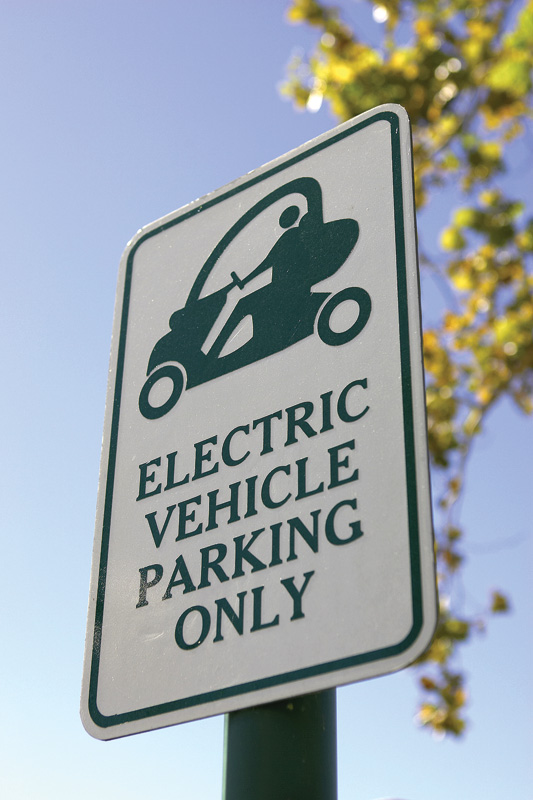
Maximizing EV charging potential
In closing, there may not be the capacity at peak time. However, the capacity for EV charging exists to satisfy the majority of EV drivers during low peak periods that coincide with when cars are parked and people typically sleep. The technology to shift and manage that demand to low peak periods exists today and has proven viable.
Notes
3 Read more.
7 See the hourly demand reports in Ontario.
8 Refer.
9 Read the CSA’s research document.
Author
Alberto Quiroz, P. Eng. CITP, is the president of Intellimeter, where he is passionate about helping customers understand and manage their electricity consumption. He leads a team of professionals experts that developed Electric Vehicle Energy Management Systems (EVEMS) to accelerate the installations of EV chargers
in buildings.



